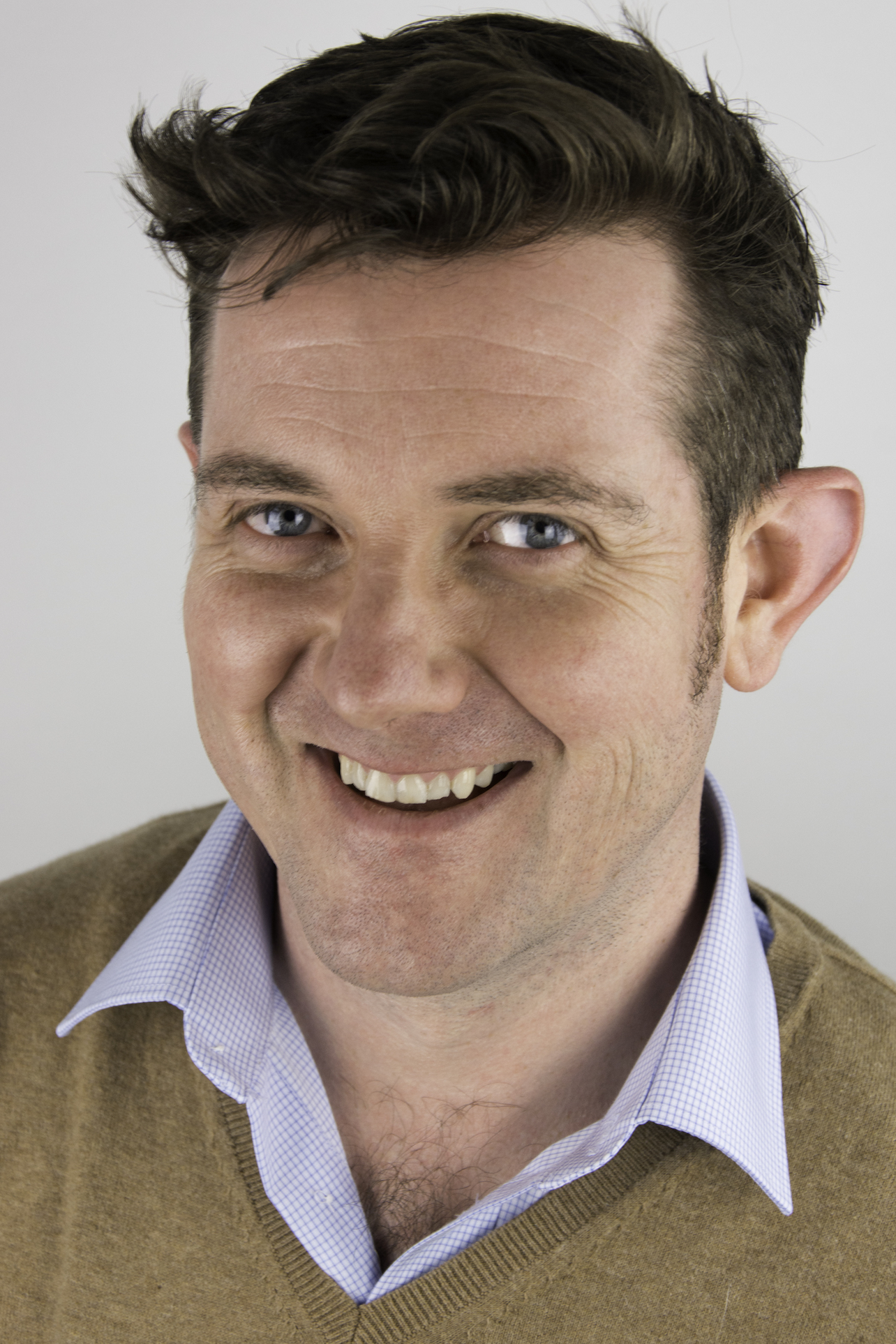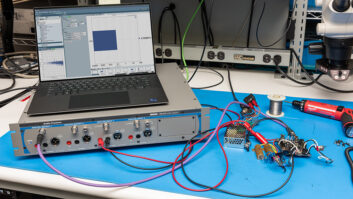
When Martin Audio was sold in a management buyout earlier this summer, the move kicked off a new chapter in the life of a company that’s been a pro audio mainstay since its founding by namesake David Martin in 1971. While the company initially rose to prominence by creating all-horn-loaded bass designs for touring loudspeaker systems used by Pink Floyd, ELP, Supertramp, and others, today it offers a range of modern products for the installation and touring sound markets.
Martin Audio had been owned by LOUD Audio since 2007, making it one of a number of loudspeaker brands under the same corporate parent. During those years, the company’s flagship MLA loudspeaker line was introduced, but overall, there was “a pause in momentum,” as Dom Harter, managing director for the brand, puts it.
He’d know—taking the company’s reigns in 2016, Harter set out to discover what had happened and put things right. “After only one day, I could see [Martin Audio] was absolutely ideal,” he says. “I could see the company had some amazing technology and a fantastic group of people and loyal customers, but [those resources were] not being turned into output. That’s something I’ve learned how to do.”
Indeed. Harter initially broke into live sound mixing bands in churches and school shows at the ripe old age of 15. That knowledge led to a part-time gig during university working on the test team for Broadway, Soundcraft’s fledgling late-1990s digital control surface. Harter’s first job out of school in 1999 was in London, working as the Millennium Dome coordinator for Harman. When that effort was completed, he shifted into a string of successive sales roles for Harman’s BSS brand before moving to Turbosound, working his way up to R&D director and eventually sales director. “During that time, we revitalized every series we had up to and including Flashline,” he recalled—an experience he would draw upon years later at Martin Audio, but that’s getting ahead of things.
Mackie, EAW, Martin Audio Acquired by Transom, by Clive Young, Oct. 16, 2017
Martin Audio Sold in Management Buyout, by Clive Young, July 2, 2018
When Turbosound was sold, Harter moved on, returning to Harman in late 2012 as sales director for Soundcraft and later the entire mixer group, including Studer. “It was a fun period and I got to help drive a lot of the new generation products,” he recalls now. “If you had asked in 2013 could I imagine being anywhere else, I’d have said no. I like feeling part of a team and making decisions.”
Still, when the opportunity to helm Martin Audio came along, he jumped at it. Upon assessing the brand, he discovered both problems and potential, and set about making changes. “While the company had some amazing technology, great staff and a fantastic group of loyal customers … too many products were older than seven years and that meant the wider portfolio needed refreshing,” he says. “There were also gaps in terms of product suitable for key applications as well as product that would be more competitively priced to win in the marketplace.”
What Martin Audio had in its favor, however, were personnel who were passionate about the brand and its technologies. “I could see that the team was knowledgeable, enthusiastic and wanted to win,” says Harter. “My experience across different disciplines meant that I could talk to the various teams about what was required to win and move forward, and they could recognize the inherent truth of the strategy.”
That strategy was a five-year plan to redevelop the brand and get products out the door. While the company’s recent CDD-LIVE! and XE monitors were already in the planning stages before his arrival, since then, Martin Audio has also launched BlacklineX, LE stage monitors, Wavefront Precision optimized line arrays, iKON amplifiers and SX subs. As a result, he says, the five-year plan is currently running ahead of schedule, “with significant growth both last year and this. Surveys are showing we are running to customer expectations; we have a way to go, but we are on track.”
While Harter may be the MD, he is the first to point to those around him as the muscle behind Martin Audio’s reemergence. “We make decisions as a team, for which we are accountable as a team—and that has led to a very positive culture,” he says. “Each department has its lead and they then report into myself, and we have regular meetings to review our execution against plan.”
Martin Audio Names New MD, March 14, 2016
Most of that culture can be found inside the company’s headquarters in High Wycombe, UK. With more than 50 employees on site, it houses manufacturing, R&D, marketing, sales and administration as well as service support. Meanwhile, the North American arm—Martin Audio US—handles sales, tech support, administration and warehousing out of a facility in Glendale, CA.
Being spread across two continents is a fortunate situation as Harter reports the company is seeing growth across all geographical markets as well as product areas, singling out particularly marked growth in Europe. He adds, however, “In the US, we made a significant change in the way we operate with the instigation of a dedicated sales team. That, too, is now proving itself, and we shall soon see record levels of revenue for North America.
“In terms of portfolio, the shining light has been our new optimized line array, Wavefront Precision, which offers the latest technology for coverage, control and consistency, but with a great value price tag. But across the board, all of our product ranges are showing healthy year-on-year growth.”
That can only help as the company enters its most ambitious period yet under Harter, going it alone in the wake of the management buyout. Martin Audio first began talks with LDC, the private equity arm of Lloyds Banking Group that backed the MBO, roughly a year ago. The pace quickened, however, at the start of 2018 when it became clear that Transom Capital, owners of LOUD Audio, was getting ready to sell Martin Audio. “As such, the stars aligned and we are delighted with the outcome,” says Harter.
LDC shelled out £12m for a significant stake in the company, so it keeps an eye on that investment—to a point. “We are regularly in contact; we have a monthly board meeting and strategy days planned every quarter,” says Harter, adding “However, they trust us to run the business and execute on our plan, because that’s the nature of a management-supported buyout.”
Want more stories like this? Subscribe to our newsletter and get it delivered right to your inbox.
Now able to chart its own course (“We can now make the decisions wholly for the benefit of Martin Audio rather than a larger multi-brand organization”), the company is sticking to its plan, and with good reason, says Harter: “The plan that was put in place just over two years ago to revamp and accelerate product development has started to deliver, and the brand momentum is there: All our product portfolio is up year-on-year, not just the new products. We have a strong five-year roadmap ahead and we are continuing to invest and indeed increase investment in R&D. In addition, we are investing in our infrastructure to be a stronger and more reliable partner to our customers.”
All of that, he says, means the company will be able to improve its portfolio offering, further develop its supply chain and strengthen its brand. “That will make it easier for our partners to make their own ROI,” he avers. “We are growing, and growing fast right now.”
Martin Audio • www.martin-audio.com







